Health Benefits and Nutritional Value
The Krill Meal Market is bolstered by the increasing awareness of health benefits associated with krill meal consumption. Rich in essential nutrients, including omega-3 fatty acids, antioxidants, and vitamins, krill meal is gaining traction among health-conscious consumers. Research indicates that omega-3 fatty acids play a crucial role in reducing inflammation and promoting heart health. As dietary supplements and functional foods gain popularity, krill meal is being incorporated into various products, enhancing their nutritional profiles. The market for dietary supplements is projected to expand, which may lead to a corresponding increase in the demand for krill meal. This trend highlights the potential of the Krill Meal Market to thrive amidst the growing focus on health and wellness.
Regulatory Support for Sustainable Practices
The Krill Meal Market is likely to benefit from increasing regulatory support for sustainable fishing practices. Governments and international organizations are placing greater emphasis on sustainable resource management to protect marine ecosystems. This regulatory environment encourages the adoption of responsible harvesting methods in the krill industry. Compliance with sustainability standards not only enhances the credibility of krill meal products but also appeals to environmentally conscious consumers. As regulations evolve, companies within the Krill Meal Market may find new opportunities for growth by aligning their practices with these standards. This trend suggests that the industry is moving towards a more sustainable future, which could enhance its market position and attract investment.
Rising Demand for Sustainable Protein Sources
The Krill Meal Market is experiencing a notable increase in demand for sustainable protein sources. As consumers become more environmentally conscious, they are seeking alternatives to traditional animal proteins. Krill meal, derived from small crustaceans, offers a sustainable option due to its low ecological footprint. The industry has seen a surge in interest from aquaculture and pet food sectors, where krill meal is valued for its high protein content and omega-3 fatty acids. Reports indicate that The Krill Meal is projected to grow significantly, which may further drive the demand for krill meal as a sustainable feed ingredient. This trend suggests that the Krill Meal Market is well-positioned to capitalize on the growing preference for eco-friendly protein sources.
Expansion of Aquaculture and Pet Food Industries
The Krill Meal Market is closely linked to the expansion of the aquaculture and pet food industries. As the global population continues to grow, the demand for seafood and high-quality pet food is on the rise. Krill meal serves as an excellent feed ingredient due to its rich nutrient profile, which supports the health and growth of aquatic species and pets. The aquaculture sector is projected to witness substantial growth, with estimates suggesting an increase in production levels. This growth may lead to a higher demand for krill meal as a sustainable feed option. Additionally, the pet food industry is increasingly incorporating krill meal into formulations, recognizing its benefits for pet health. This trend indicates a promising future for the Krill Meal Market as it aligns with the needs of these expanding sectors.
Technological Innovations in Harvesting and Processing
The Krill Meal Market is benefiting from advancements in harvesting and processing technologies. Innovations in sustainable fishing practices and processing methods are enhancing the efficiency and quality of krill meal production. For instance, new extraction techniques are being developed to maximize the retention of nutrients while minimizing waste. These technological improvements not only increase the yield of krill meal but also ensure that the product meets stringent quality standards. As the industry adapts to these advancements, it is likely to attract more investments and partnerships, further driving growth. The integration of technology in the Krill Meal Market may also lead to better traceability and transparency, which are increasingly demanded by consumers.


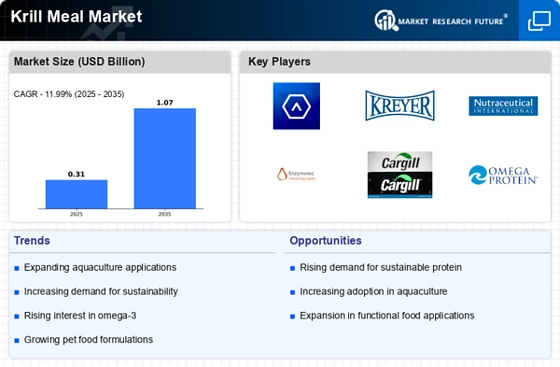

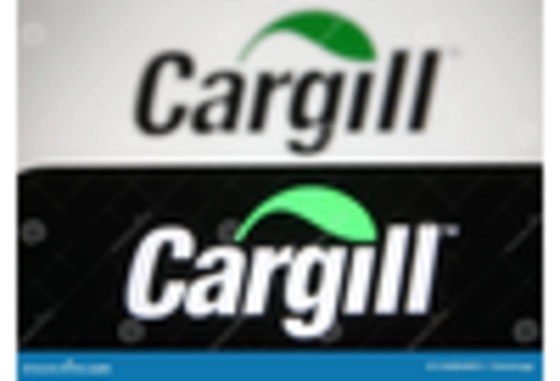
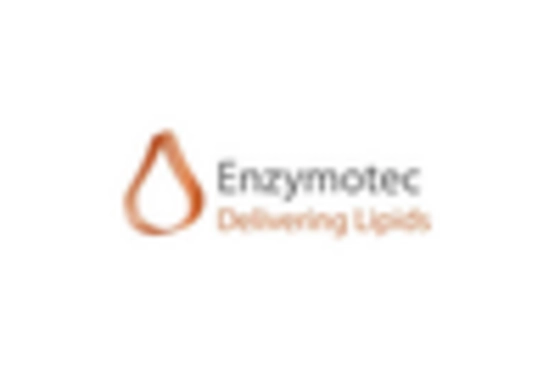

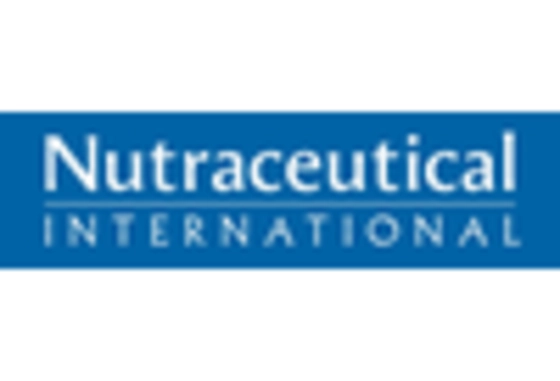
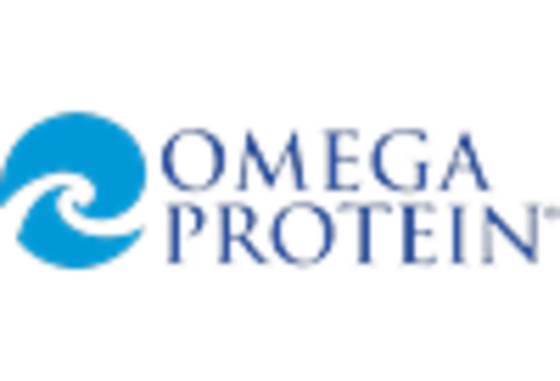








Leave a Comment